In this article you will find a lot of archival photos. Many of them are being published for the first time in Ukraine, although the pictures show…Transcarpathia, the westernmost region of our state.
Of course the photos themselves are attractive and intriguing but still there is a profound meaning in them, which is the unique multinationalism of Transcarpathia, its immense eclecticity in everything, from daily routine and cuisine to habits and self-government.
And for many that is the defining feature of Transcarpathia, its identity, apart from mineral or thermal water, mountains and nice wine.
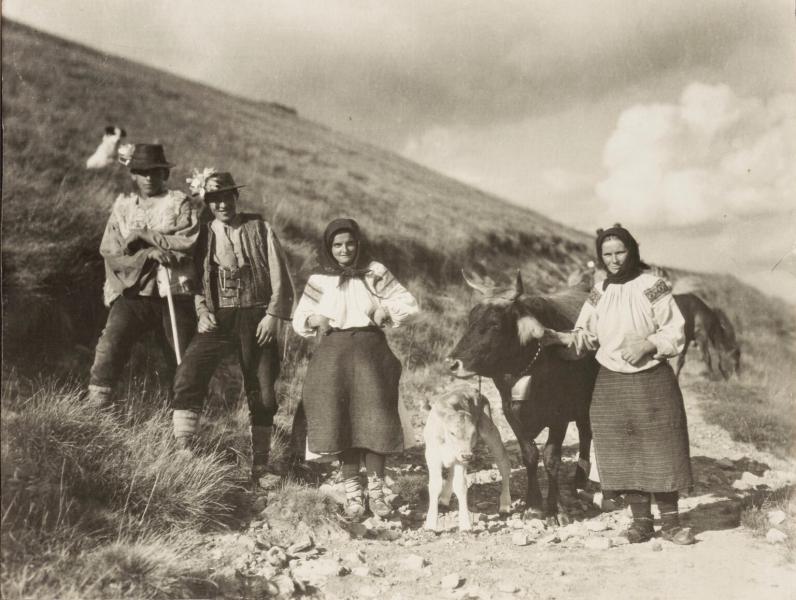
Фото: Život v Polonině. Bohumil Vavroušek, upm.cz
This so-called unity in variety, which takes so many efforts to bring up in Europe during the last half a century, was formed in Transcarpathia much earlier and is preserved still, in a quite natural way and, perhaps, even by accident.
How is this possible in general and what is it that provides harmony in the Transcarpathian mosaic for at least the last century?
It is hard to say whether the puzzle has been solved by anybody in full, though there have been quite a lot of efforts to do it. With this background the most valuable period, from the point of view of a research, will be the one between the two World Wars, i.e. the years 1919-1939.
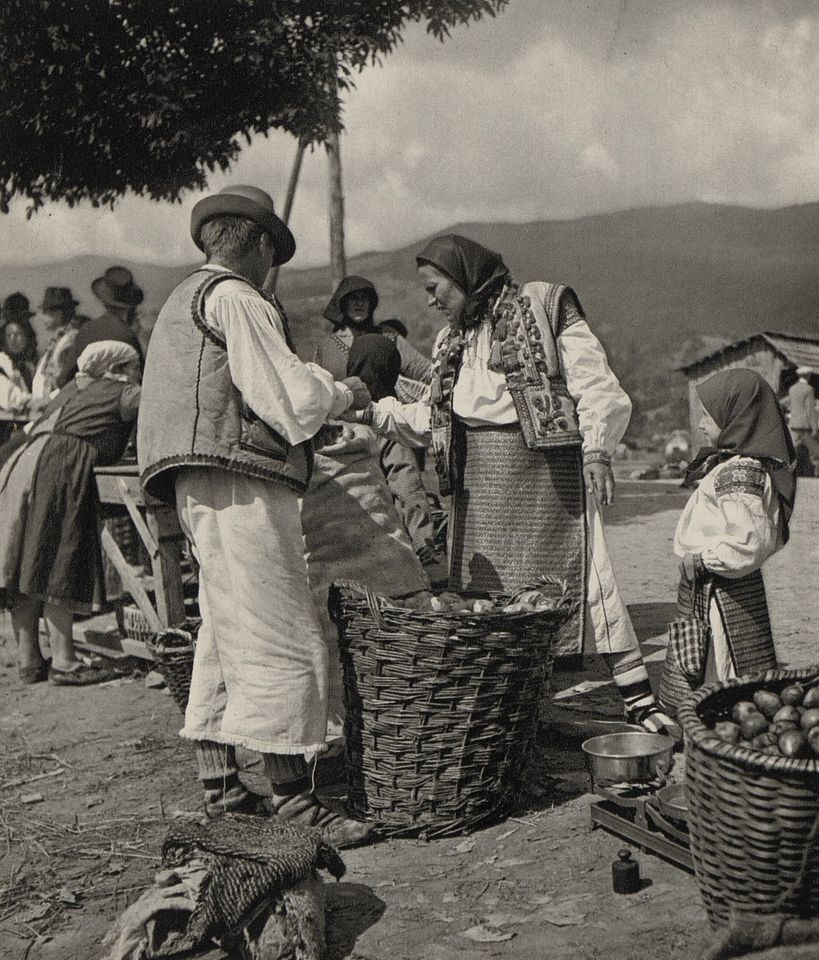
Фото: Podkarpatská Rus (Jasina). Kráľova hoľa – História, Facebook
Why this very period?
On the one hand, it was a time of mass migration, when, despite the scars remaining from the World War I, Transcarpathia preserved its geographical unity as a region under the name of Subcarpathian Rus and, the most important thing, its ethnical authenticity and “integrity”.
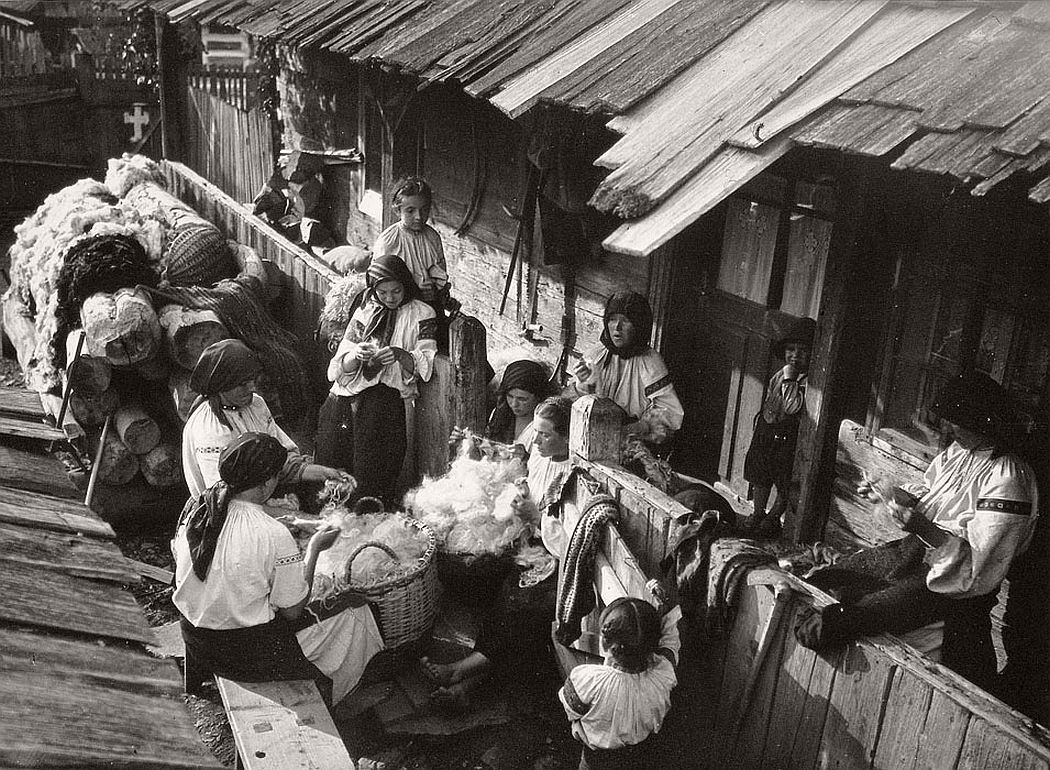
Фото: Selecting cotton. Ernö Vadas, monovisions.com
On the other hand, as the district found itself, as an autonomy, a part of the non-typically democratic Czechoslovakia, it obtained an opportunity for keeping its authenticity and avoid the practice of forced assimilation or forced famines going on at the same time in the rest of the current Ukraine’s territory within the same historical period, in particular, in the years of 1921-23 and 1932-33. Moreover, the land became an object for study, a route for expedition parties and a true magnet for explorers. In other words, a treasure to seek for. A mystery to be learnt, if not solved.
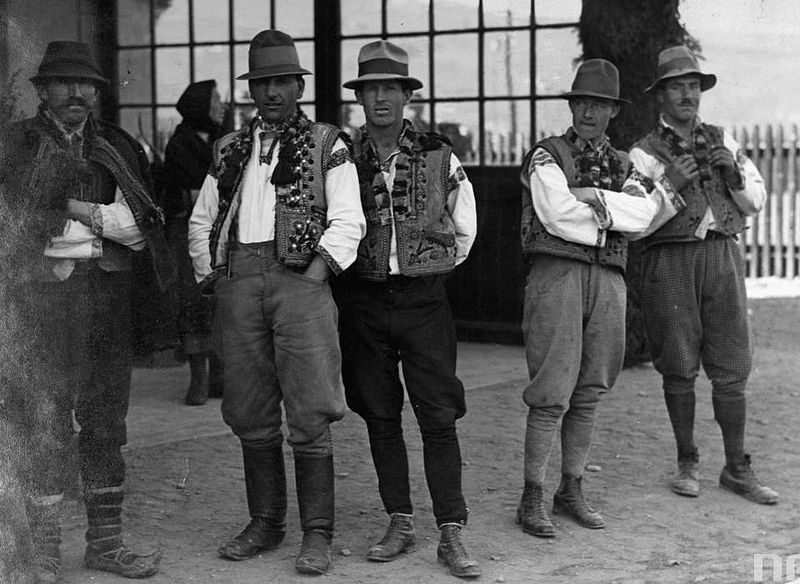
Фото: Huculové, wikimedia.org
Starting from 1919, Czech explorers set out for Transcarpathia having absolutely pragmatic aims. Their new state, Czechoslovakia, needed knowledge about itself, in particular, on such territories – still unknown though neighboring and now united within the boundaries of Subcarpathian Rus.
Thus, a century ago, the land became a professional occupation for hundreds of officers, soldiers, ethnographers, architects and teachers. First of all, the Czech ones, that were to support the district in becoming an equal part of the new state.
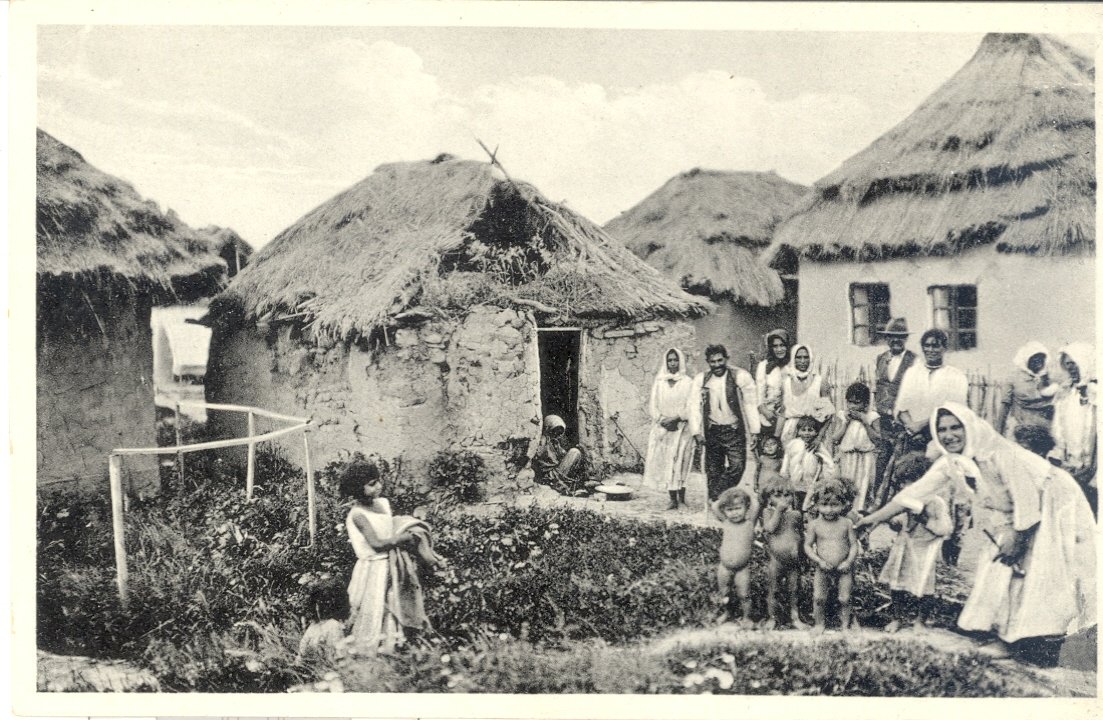
Фото: Kárpátaljai cigány negyed/Podkarpatská Rus. cesonline.cz
It is, therefore, highly important to realize that the Czech researchers of that time were fellow citizens for the local residents of Transcarpathia on the one hand, and on the other they were virtually foreigners. Hence, they had an unbiased point of view on the region. More still, they explored it utilizing technical devices, cameras and film cameras, which was a novelty for that time. And, most important, the then researches were mainly concentrated on the people, their daily routine, habits, traditions.
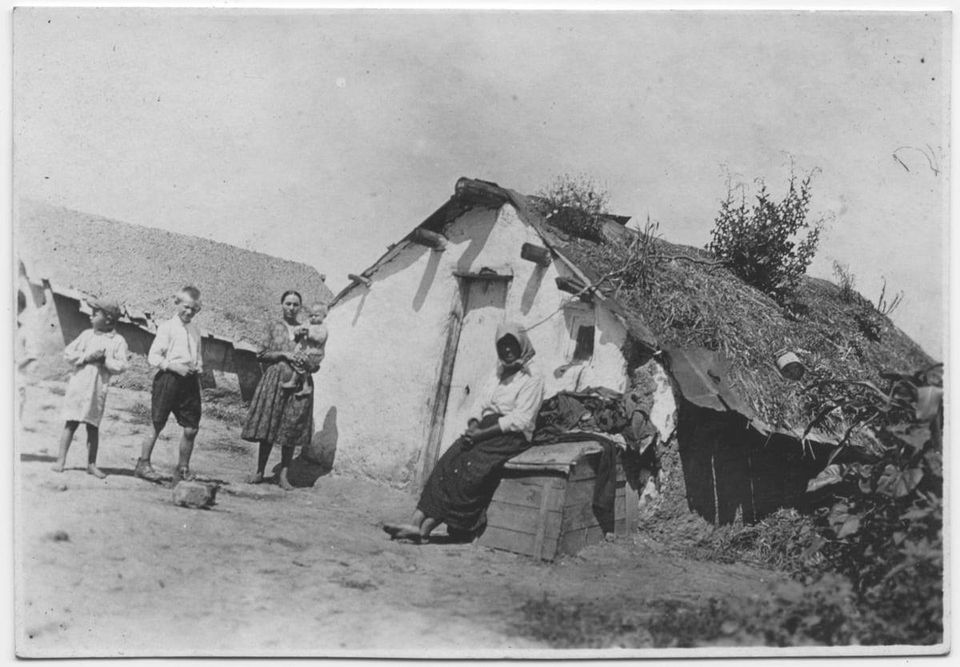
Фото: Život na Podkarpatské Rusi. Miroslav Hubálek, CC0
A professional Czech teacher and writer, ethnographer and researcher of folk embroidery, Amalie Kozhminova was one of the first. She arrived as a school inspector and a scholar to the land of the modern Transcarpathia in October 1919.
As she visited far-away villages, she studied folk culture, trades, family traditions, ceremonies and was impressed by their authenticity. Kozhminova studied in details both festive ceremonies, first of all weddings and moments of grieving, including funerals. Using her camera, which surprised local folks, the scholar fixed funeral merrymaking ceremonies, farewell of the deceased to the otherworld (on sledges). She wrote research books, for example, “Subcarpathian Rus. Labor and daily routine of ordinary folk from the point of view of culture, economics and ethnography”. Since that time, inspired by the handicraft of the Transcarpathian craftswomen, in particular, by the variety of embroidery in different regions, Amalie Kozhminova organized exhibitions of folk creative work in Czech many times, discovering Transcarpathia for the wide world.
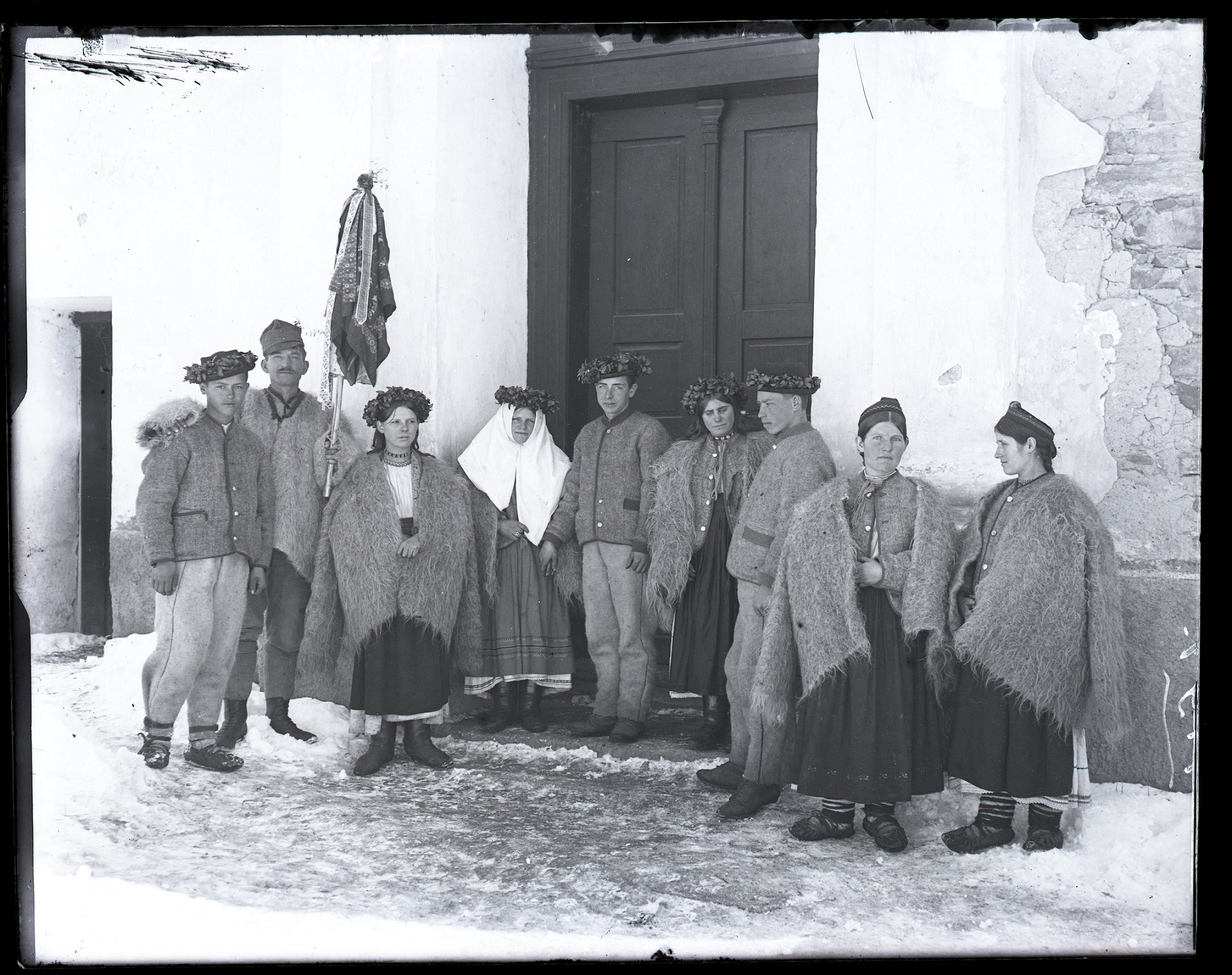
Фото: Svatebčané, Bistra, Podkarpatská Rus. Amálie Kožmínová, mzm.cz
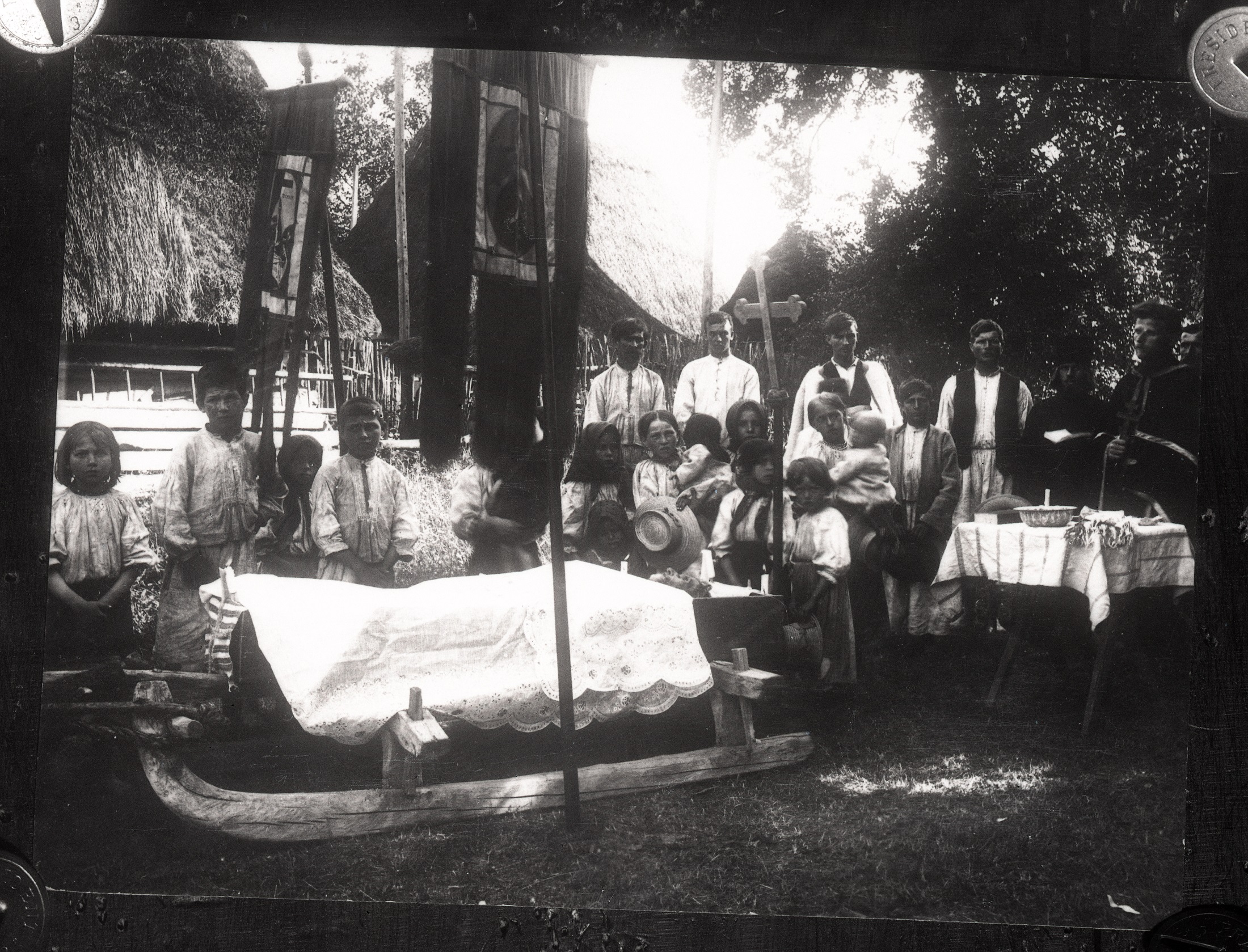
Фото: Pohřeb rusínský na saních, Podkarpatská Rus. Amálie Kožmínová, mzm.cz
A priceless heritage of researches on Transcarpathia was also left to us by the Czech officers Rudolf Gulka and Florian Zapletal. Despite their own professional missions, they managed to fix views of everyday life of various nationalities, their work, trading, festivals and ceremonies, portraits and characters in folk attire, folk art.
Discovering for themselves the incredible range for studying the multiculturalism of the region where destiny accidentally brought them, these Czech researchers travelled to most faraway places of the then Transcarpathia that had preserved their primary distinctiveness, from the Hutsuls of Yasinia township to the Lemkis of the Velykiy Berezniy area.
The Czech pathfinders not simply took pictures of people and their daily routine but kept records of details: from names and surnames to habits of individual families and settlements on the whole.
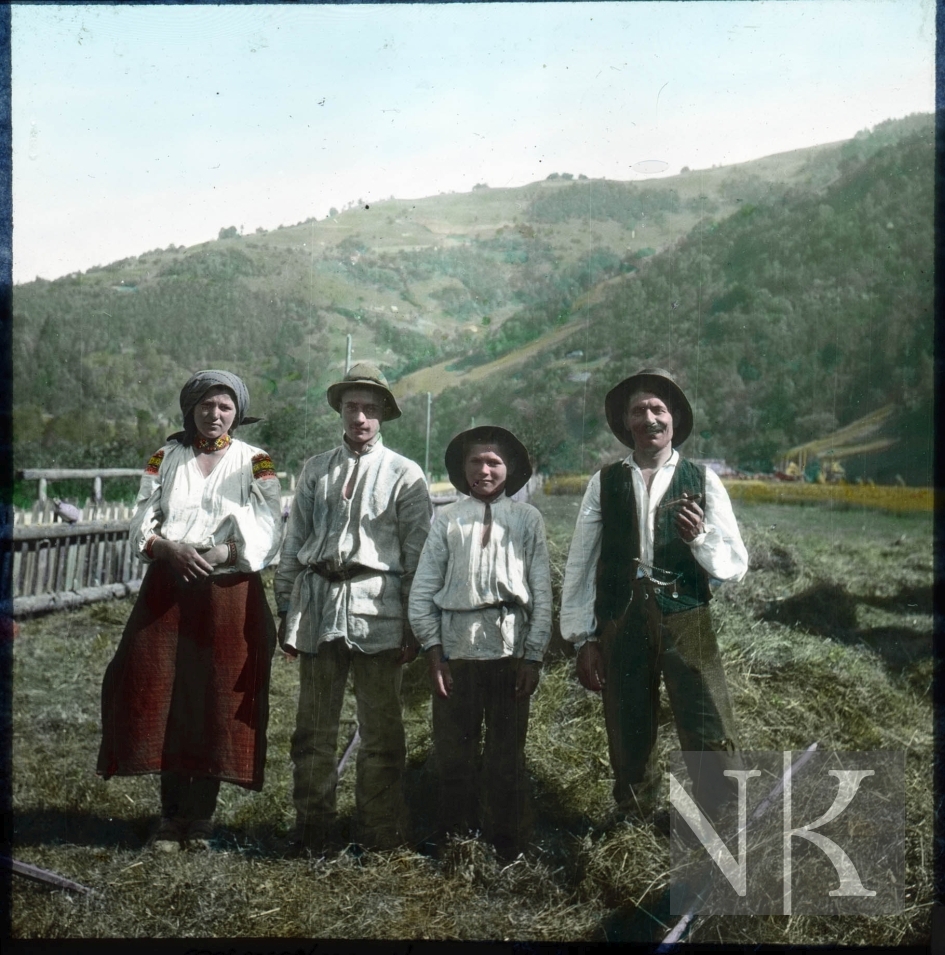
Фото: Kvasy: na senoseči, huculská rodina Semena Demjana. Iršava, cikánská osada. Rudolf Hůlka, uzhgorod.net.ua
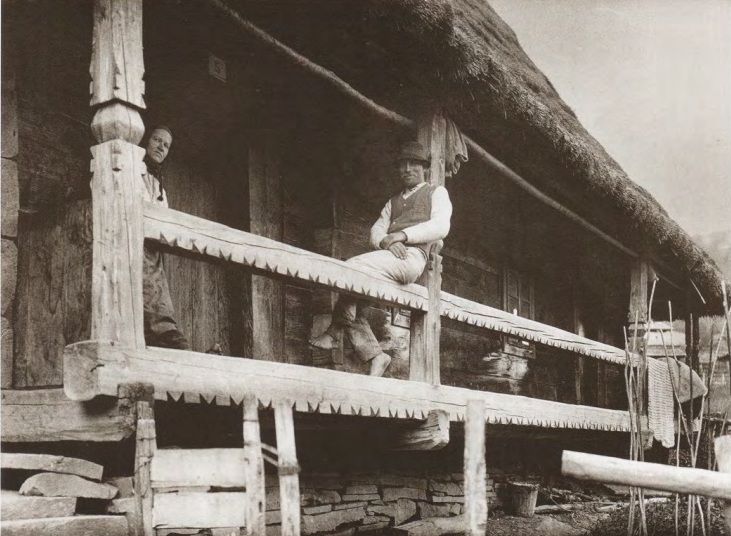
Фото: Jalove. Okres Volovec. Chalupa. Florian Zapletal, з книги «Флоріан Заплетал. Міста і села Закарпаття»
The period of 1919-1939 is also important because not only Czech explorers but those from the USA, Germany, Great Britain as well…It is hardly possible that they had any agreements but they were actually doing the same job, an invaluable one. They fixed with their photos and videos the unique mosaics of a multinational region in the very center of Europe.
It will just suffice to mention the thrilling pictures of Jews by Roman Vyshniak. These are unique not only for Transcarpathia but for the whole Eastern Europe and the whole world. Having visited Subcarpathian Rus in the late 1930s, very close to the beginning of the WWII, it was just him who managed to fix the way of life to be soon almost absolutely destroyed by the Holocaust. In his pictures are Jews that lived as neighbors with Hungarians, Germans, Slovaks, Czechs, Ukrainians, Gypsies, often making up one third or even more of the population in some settlements of Transcarpathia. Here you will find both kids and wise elderly people, merchants and pupils turning pages of old books…It is hard to look through such pics, knowing the later destiny awaiting these people in death camps…
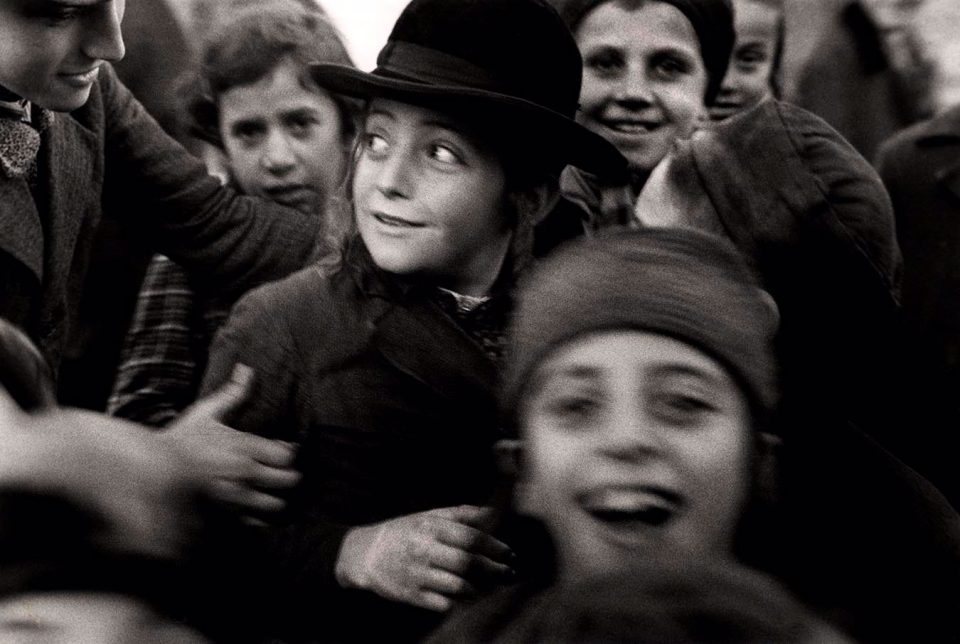
Фото: Jewish schoolchildren, Mukacevo. Roman Vishniac, The International Center of Photography
At the same time, we cannot help wondering whatever Yaromir Funke, a Czech, was looking for in Subcarpathian Rus. For he was one of the leading representatives of the European avant-garde in photography, a researcher of the Bauhaus trend in architecture and town planning. In his photos we find reflections of such art trends as Cubism, Surrealism, Constructionism. Among his collections there are pictures united into series, featuring bright Hutsul characters in folk attire or Roma people from the Alpine township of Kolochava, a native place of Mykola Shuhay, one of the opryshki (folk vigilante) movement.
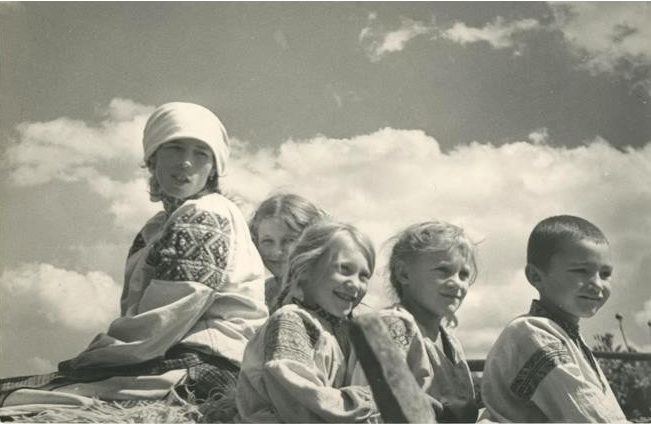
Фото: Jaromír Funke, fslavesbdl.hypotheses.org
And what might have attracted to this land the charming and brave female, Margaret Bourke-White, a photo reporter of the LIFE magazine, known worldwide? Her pictures from Subcarpathian Rus will surely touch everybody’s feelings. They are true magic and mastership. Having travelled around our land before World War II, she showed the Western World all the variety of ethnicity in the streets of the towns and villages of the then Transcarpathia. She even managed to shoot Roma families near Uzhhorod, the so-called Regional Court, Uzhhorod Jews and a morning full of life energy. She also captured flamboyant residents from Khust and the village of Izki, nowadays a rural area and a border zone near Poland at that time
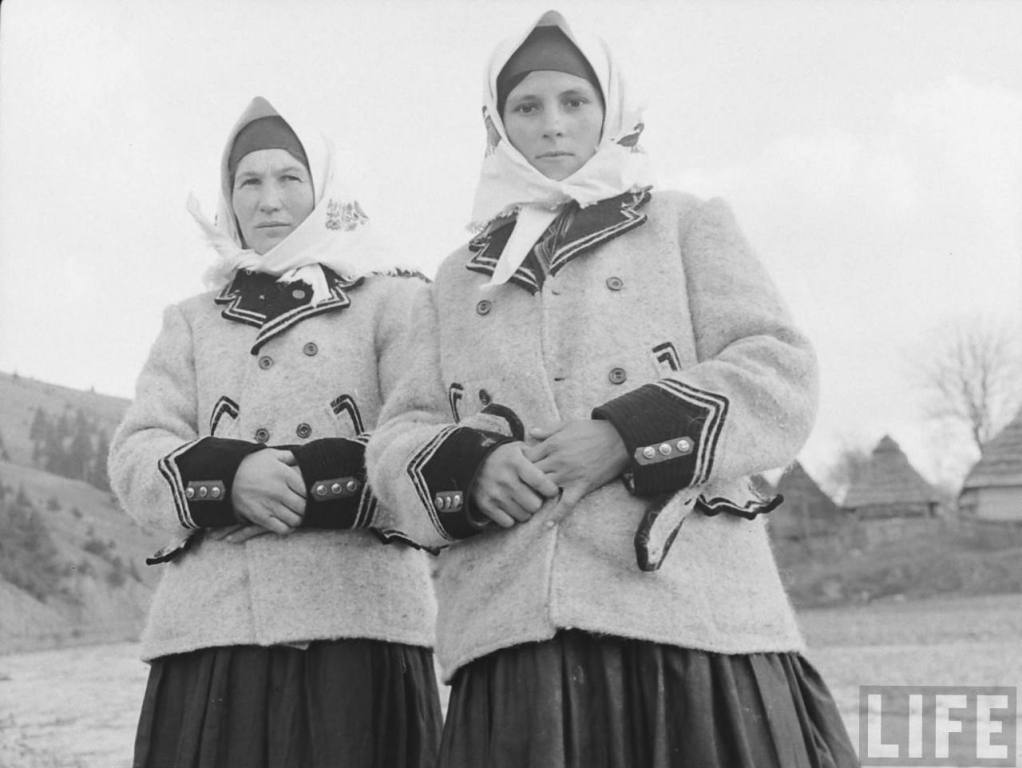
Фото: Carpatho-Ruthenia Peasant Women Wearing Earings And Short Jackets In Izky Near Polish Border,Margaret Bourke-White for LIFE Magazine
As we look upon the results of the experiment on combining color and photo art by Irzhi Kral, a Czech anthropogeography scholar and Hans Gildenbrand, a well-known German photographer from National Geographic, we realize what attracted them in the mysterious land, Subcarpathian Rus, with its flamboyant residents. The first of the mentioned published quite a lot of books for Czechs in a number of fields in Carpathian lore, provided with colored pictures of architectural monuments and occupational activities of the local people. The latter of the mentioned two, as he was travelling through Eastern Europe, on a mission by his publishing house, showed the whole world his photos in the iconic magazine National Geographic. In this way he captured in color the domestic life and the colorful life of the Transcarpathian Hutsuls, character types of Verkhovyna (Highlands) residents in the town of Volovets, trading in the markets of Uzhhorod and Mukachevo.
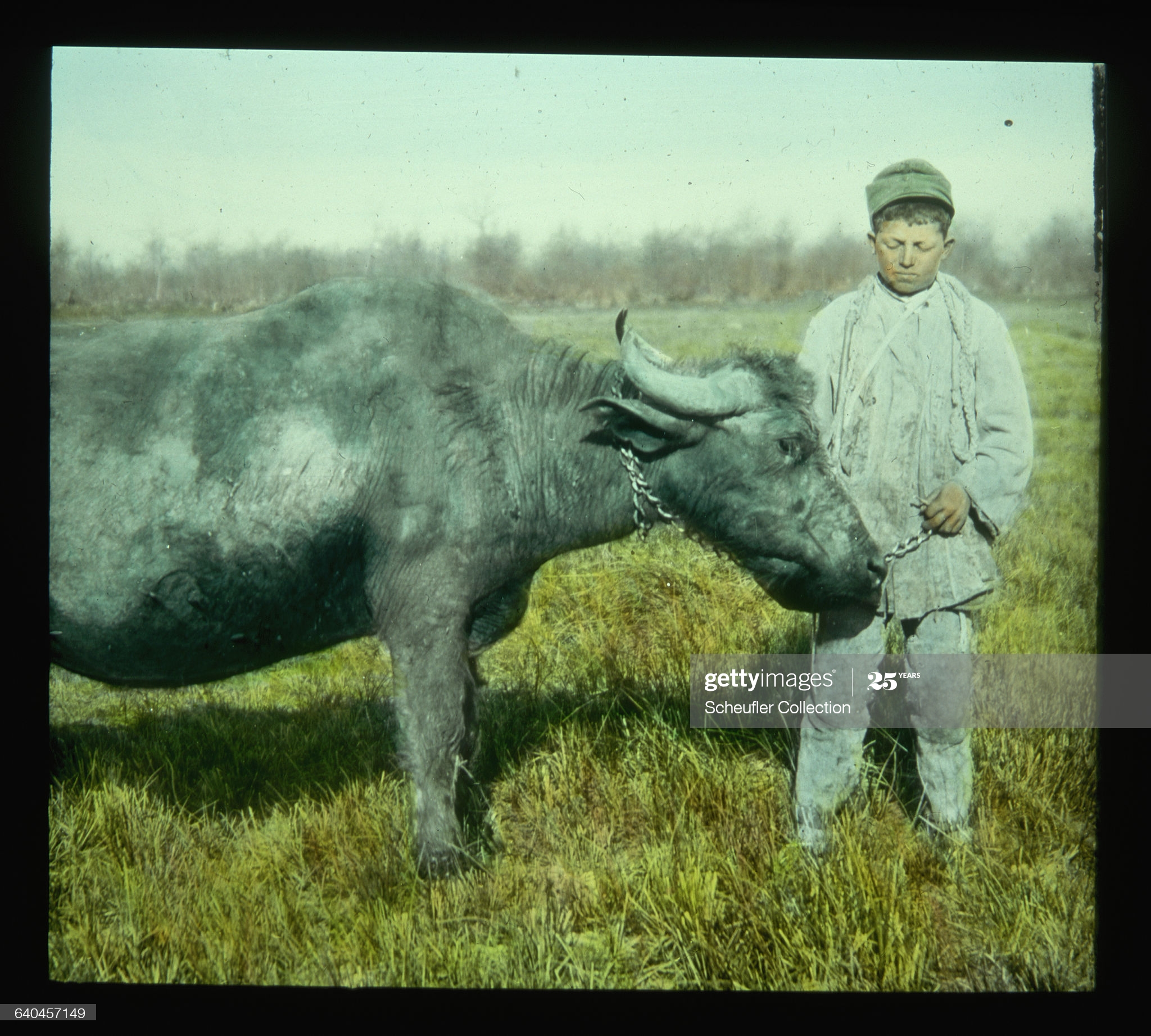
Фото: Man Holds onto Bull, south Carpatho-Ukraine. Jiri Kral, Getty Images
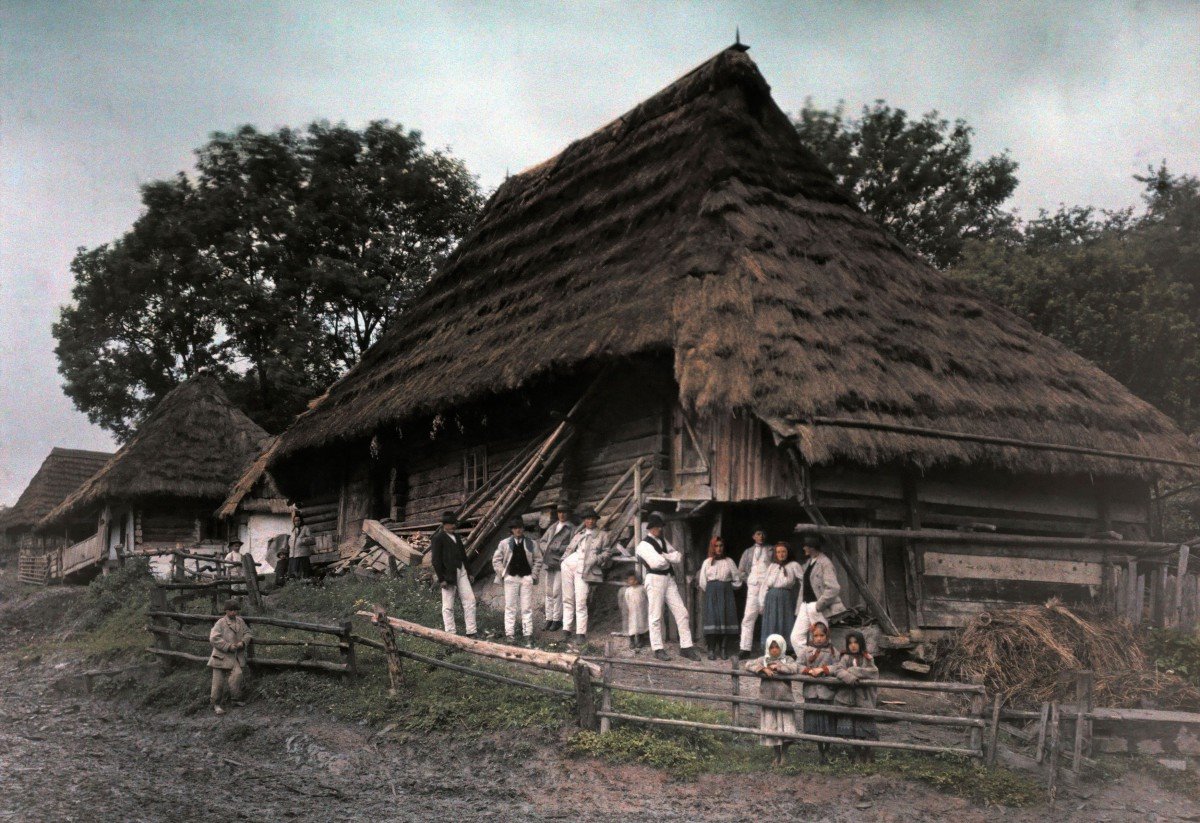
Фото: Volovec. Czechoslovakia. Hans Hildenbrand, National Geographic Society/Corbis
Due to the mission by an Englishman, Michael Winch, we can now see the upraise and the tragedy of the Carpathian Ukraine. His book entitled “Republic for a Day: An Eye-Witness Account of the Carpatho-Ukraine Incident”, where political and historical reflections are interweaved with a rich local lore description of the daily routine, weekdays and weekends of Transcarpathian people, who would shortly wake up in a different country without ever travelling abroad…
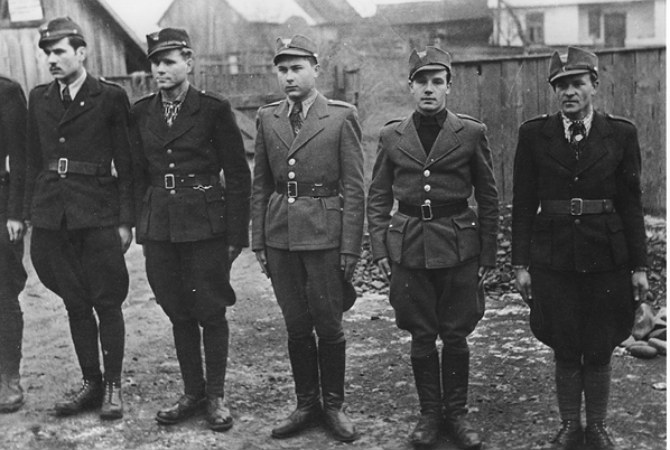
Фото: Члени Карпатської Січі в строю, istpravda.com.ua
Not only a photo camera has a lens, so does a film camera. And due to a most original movie created among the mountains of the Transcarpathian Verkhovyna (Highlands) area by the Czech film director, Vladyslav Vanchura, teaming up with the legendary Ivan Olbrakht, we can now view a realistic life of the then Mizhhirya area. In the film, entitled “The Unfaithful Mary” (Mariyka-nevirnytsia in the original), they vividly captured the labor migration in Verkhovyna area, the Jewish studies, the timber rafting by the bokorashy (timber rafts men), the building of wooden huts. Closely interweaved with these throughout the plot, there is a romance love story. A feature and documentary image of a world lost against the natural background.
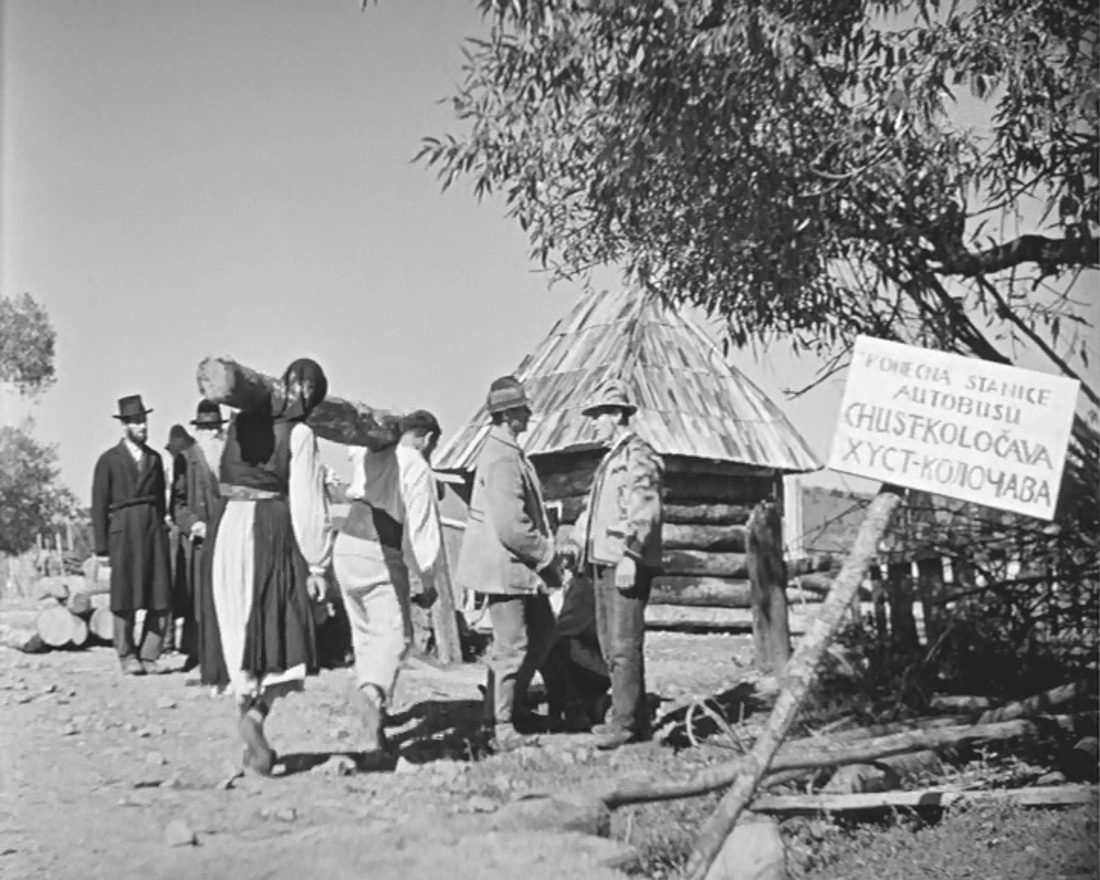
Фото: кадр з фільму «Марійка-невірниця»
At that time, all the researches we mentioned above drew attention towards Transcarpathia in various parts of the world, virtually discovering this region in the center of Europe, like continents had been before. Both at that time and now, the studies are not just a fascinating archive of exotics or a description of a Utopia. But an unconditional evidence of the fact that one small region can be a peaceful place for people living and working, all differing in their nationality, faith, culture, language and mindset.
And, for today’s Transcarpathia and Ukraine on the whole it is another proof of the fact that any differences may as well be not a weakness or a source of confrontation but a power and energy for development, a source of tolerance and unity in variety.
By Mykhaylo Markovych, exclusively for Varosh
This project is carried out with the support of the USA Agency on international development (USAID), 2013-2020. Varosh is an online journal about Transcarpathia. Reprinting and using of the content published at varosh.com.ua is allowed under the condition of an open hyperlink within the first or second passage.





